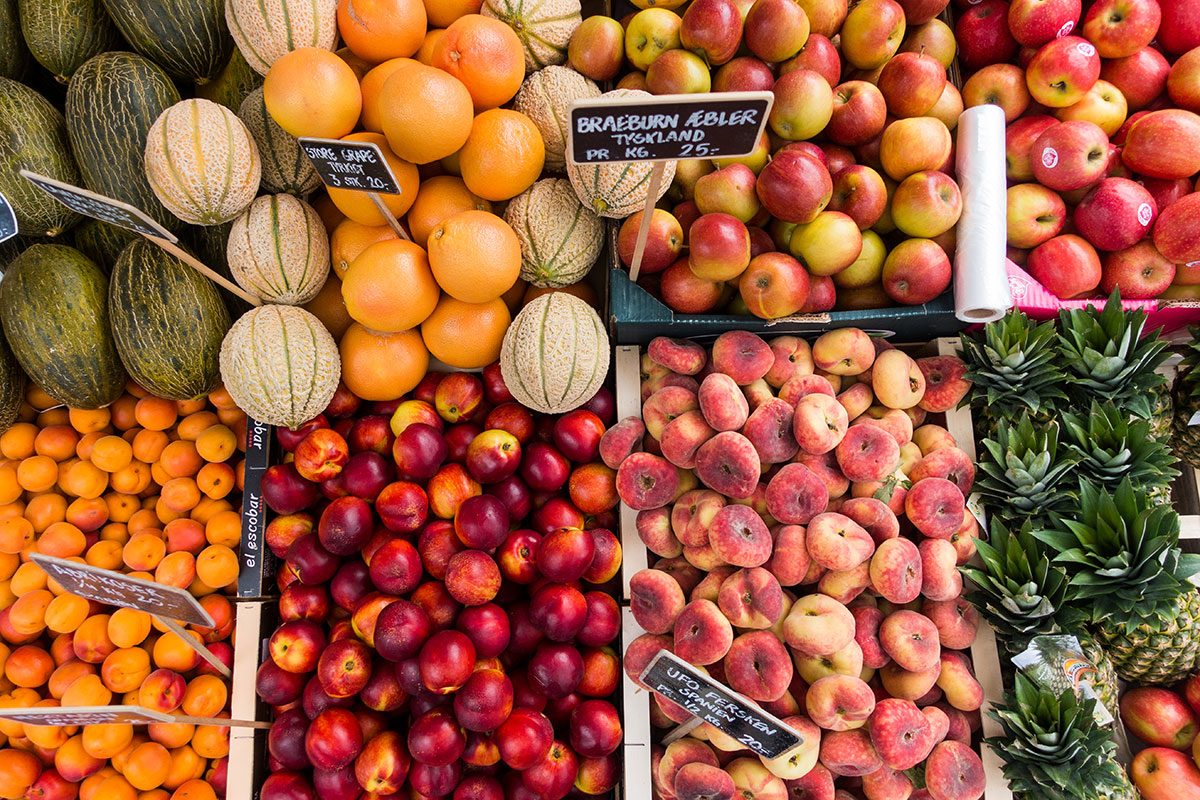
Cattle Country: Beefing up our understanding of biodiversity
The following article was written by Peter Frohlich, National Centre for Livestock and the Environment (NCLE), University of Manitoba. It was originally published in Cattle Country in March 2022.
Imagine trying to count and map a thousand different species of mammals, birds and plants, lichens, mosses and soil mites, and using this information to explore the benefits and impacts of the beef industry.
It might seem impractical, if not impossible. But now this quantitative snapshot of land use practices and biodiversity has been produced through a collaboration of the Alberta Biodiversity Monitoring Institute (ABMI), the National Centre for Livestock and the Environment (NCLE) and Agriculture and Agri-Food Canada (AAFC). By combining ABMI’s rich data set and modeling expertise with the detailed knowledge of cattle production systems possessed by NCLE and AAFC, they’ve created a new tool for understanding the impacts and relationships.
“We are proud to be part of the first and only team in Canada examining biodiversity associated with cattle production systems at this scale,” says NCLE director and animal science professor Kim Ominski.
“A richness of species is the mark of a healthy agroecosystem, and cattle producers retain the open spaces that make that richness possible. Studies like this help us understand how cattle producers can operate those levers, so they can maximize benefits while mitigating any potential harm.”
Part of an international effort
The NCLE researchers involved in this benchmarking project are part of a team of scientists and cattle sector partners helping to map the biodiversity footprint of beef production in Alberta, with the intent to continue these efforts across Canada. This project is linked to an international effort led by the Livestock Environmental Assessment and Performance Partnership (LEAP) of the Food and Agriculture Organization (FAO) of the United Nations.
Canada’s representative, AAFC researcher Tim McAllister, is the current chair of the LEAP steering committee and has also served as the LEAP Biodiversity Technical Advisory Group Leader. McAllister encourages researchers all over the world to use LEAP assessment methods, which are also the foundation of the approaches used by the Canadian Roundtable for Sustainable Beef. In this way, LEAP is bringing a consistent approach to the measurement and study of biodiversity in livestock production systems everywhere.
McAllister says it’s an important step for the study of biodiversity, which until recently had no single common unit of measurement.
“Biodiversity is intrinsically complex – and perhaps this is why it’s left out of many environmental assessments of the livestock sector,” he explains. “Now, thanks to this international effort, we have a life cycle assessment model that gives us common measures and
language for understanding the biodiversity impact of livestock production in different contexts. We can express the biodiversity impact per tonne of protein produced.”
Leveraging data to find the answers
The mammoth task of mapping cattle production impact on biodiversity is made possible by the use of comprehensive datasets and advanced computer modeling. When combined, researchers can determine the biodiversity impact of different types of livestock operations in specific contexts.
For assessments here in the Prairies, the starting point is the vast biodiversity and habitat dataset collected by the ABMI. The institute has counted and recorded more than 1,000 species, from mammals to lichens, at over 500 sites extending across beef-producing regions in Alberta
At each of these sites, ABMI has recorded the abundance of each species, as well as local habitat characteristics such as soil, climate, and land use variables.
“This is a unique opportunity to link what is one of the world’s most comprehensive databases on biodiversity and habitats with detailed information on Alberta’s beef production practices,” says Majid Iravani, applied research scientist at ABMI. “With this data, we’ve been able to quantify the impacts of the entire beef sector on biodiversity in a consistent way across Alberta and determine how different beef production stages and systems lead to loss and gain in animal and plant biodiversity.”
Researchers then overlaid regional land use data showing where different types of beef cattle operations are located, and the land use types supporting these operations.
When the two datasets are run through biodiversity models, researchers can determine how individual species and biodiversity as a whole are impacted by different types of cattle operations – from cow-calf systems on range through to large commercial feedlots.
“The collaboration and the synergy behind this project are a great example of what NCLE is all about,” says Ominski. “We’re combining data and expertise across a range of disciplines, and then producing outcomes that are more than the sum of their parts.”
“The ultimate goal is to add the biodiversity findings to a larger life cycle analysis, combined with measurements of greenhouse gases, nutrient movement, carbon sequestration and water quality. Approaches developed in Alberta will then be applied across the country,” adds Mohommad Reza Marami Milani, the postdoctoral fellow working on this project.
“NCLE researchers and partners have been studying all of these sustainability factors, and now we have one more area of knowledge to bring to the table,” Ominski says.
Among those at the table are producers who want to make their operations more sustainable, efficient and trusted by the public, she says.
“As cattle producers turn inedible forms of plant life into highly nutritious food, they can also support biodiversity. In this way they can help regulate our air, water quality and climate, while preserving the rich biodiversity in native grasslands, one of Canada’s most threatened ecosystems. This kind of data modelling shows us how.”
Researcher Team
Tim McAllister (PI), AAFC Lethbridge
Kim Ominski and Marcos Cordeiro, Animal Science, University of Manitoba
Majid Iravani, Alberta Biodiversity Monitoring Institute, University of Alberta
Sarah Pogue, Agriculture and Agri-Food Canada Lethbridge
Project postdoctoral fellow (PhD)
Mohammad Reza Marami Milani (University of Manitoba)
Funders and Partners
Beef Cattle Research Council, Canadian Cattlemen’s Association
Mitacs
Alberta Biodiversity Monitoring Institut






